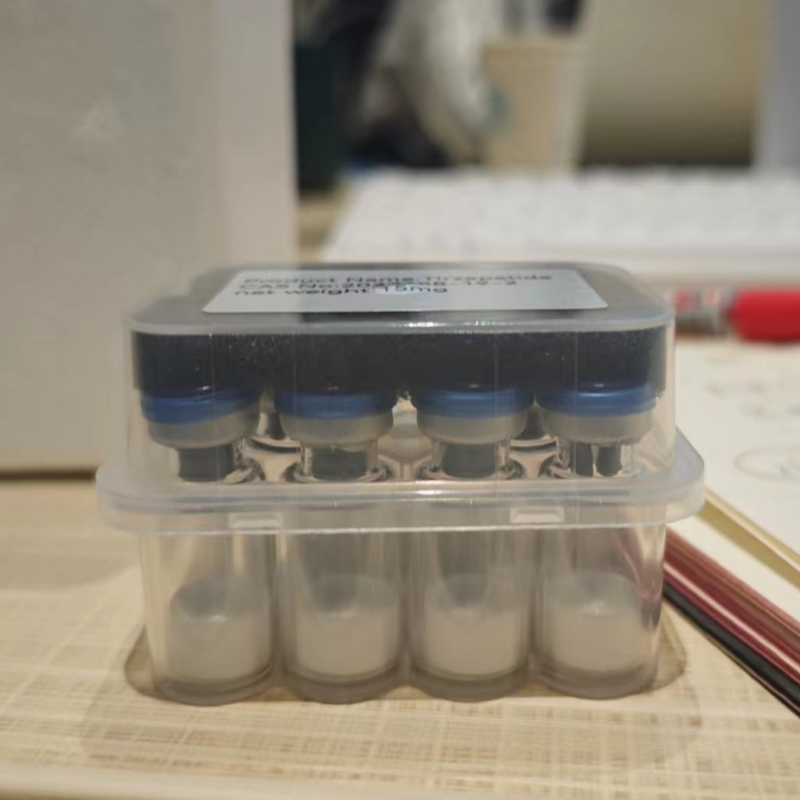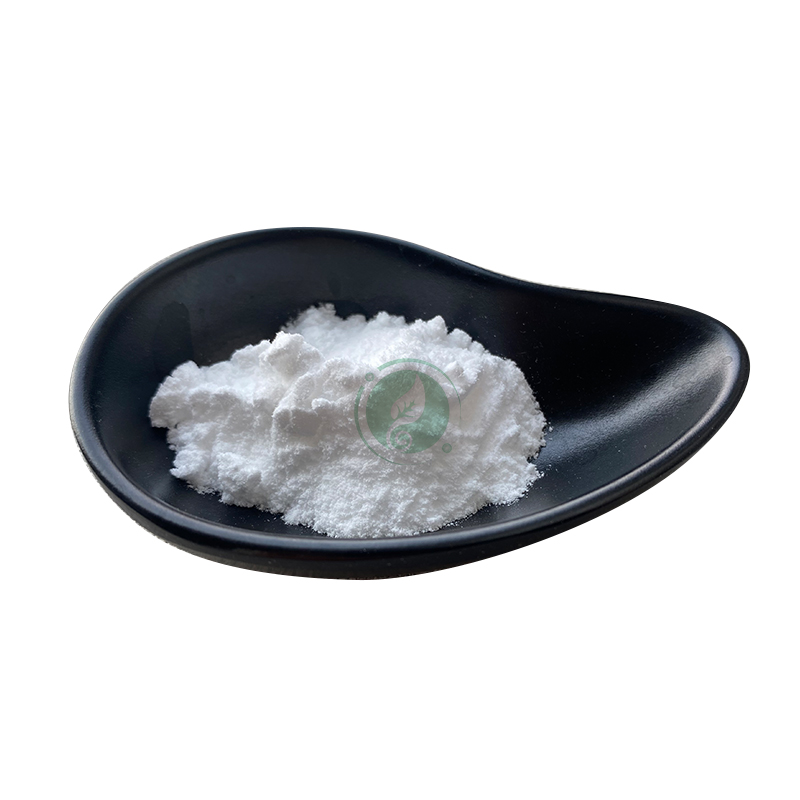-
Categories
-
Pharmaceutical Intermediates
-
Active Pharmaceutical Ingredients
-
Food Additives
- Industrial Coatings
- Agrochemicals
- Dyes and Pigments
- Surfactant
- Flavors and Fragrances
- Chemical Reagents
- Catalyst and Auxiliary
- Natural Products
- Inorganic Chemistry
-
Organic Chemistry
-
Biochemical Engineering
- Analytical Chemistry
-
Cosmetic Ingredient
- Water Treatment Chemical
-
Pharmaceutical Intermediates
Promotion
ECHEMI Mall
Wholesale
Weekly Price
Exhibition
News
-
Trade Service
BCS classification introduction
The human bioequivalence study (Bioequivalence, BE) is a means to prove the therapeutic equivalence between preparations
.
In 1995, Amidon et al.
[1] proposed the Biopharmaceutics Classification System (BCS) to classify drugs according to solubility and permeability, and use this to predict drug absorption in the body
.
Prior to this, it is difficult to have a scientific theory that can be used as a basis to propose a bioequivalence exemption to regulatory agencies
.
As the concept of BCS is put forward and continues to be demonstrated, more and more regulatory agencies have begun and accepted bioequivalence exemptions based on BCS
In August 2000, the FDA issued guidelines for the application of BCS to the bioequivalence exemption for immediate-release solid oral dosage forms
.
WHO released Technical Report Series No.
The BCS system is a scientific framework that classifies drugs according to their water solubility and intestinal permeability
.
When it comes to the absorption rate and extent of the active pharmaceutical ingredient (Active Pharmaceutical Ingredient, hereinafter referred to as API) in oral solid common-release preparations, the BCS system mainly considers the following three key factors, namely: drug solubility (Solubility), intestinal tract Intestinal permeability and Dissolution
Drug solubility (Solubility)
The solubility of pharmaceutical preparations is measured by the highest dose of the drug.
In the pH range of 1~7.
5, the highest dose of the drug can be dissolved in no more than 250ml of water, which is defined as a high-solubility drug, otherwise it is defined as a low-solubility drug
.
Intestinal permeability
Membrane permeability of a drug is a comparison between oral drug preparations and the results of an intravenous reference dose or intestinal perfusion balance dose study.
If the absorption of the drug in the intestine is not less than 90%, the drug is defined as high membrane permeability
.
Dissolution of preparations (Dissolution)
The dissolution of the preparation is a key factor that affects the absorption of the drug in the body.
Generally, the solubility of BCSⅡ and BCSⅣ drugs is poor.
Therefore, in the preparation process, some special preparation methods are usually considered to improve the dissolution of the drug in the body.
Sex
.
According to the BCS classification system, drugs are divided into the following four categories:
Category I: High Solubility- High Permeability
Category II: Low Solubility-High Permeability (Low Solubility-High Permeability)
Category III: High Solubility-Low Permeability (High Solubility-Low Permeability)
Category IV: Low Solubility-Low Permeability
BCS-based bioequivalence exemption
The therapeutic equivalence between preparations generally requires in vivo bioequivalence studies to demonstrate, but if in vitro studies can fully prove that there is no difference in in vivo performance, then this study can be exempted
.
For a specific dosage form, when a certain standard is met, BCS can be used as a tool for applicants and regulatory agencies to judge whether the bioequivalence study can be exempted
Other factors affecting the application for bioequivalence exemption.
When an oral solid common-release preparation applies for a bioequivalence exemption based on the BCS classification, it should be noted that the following factors may affect the bioequivalence exemption:
01 Accessories
BCS1 drugs: Excipients may sometimes affect the absorption rate and degree of absorption of the drug
.
Generally speaking, the use of approved common excipients for normal-release preparations will not affect the absorption rate and degree of absorption of the BCS1 type of fast-dissolving normal-release preparations
BCS3 drugs: This class of drugs is different from BCS1 drugs.
If you want to apply for a bioequivalence exemption, you must have a more adequate scientific basis
.
02 Prodrug
The permeability of the prodrug usually depends on the mechanism and (anatomically) site of the transformation drug
.
If the prodrug-drug conversion is mainly manifested after the intestinal membrane permeates, the permeability of the prodrug should be measured
03 Compound preparation
When the active components in the oral solid regular-release compound preparations are all BCS1 drugs, the biologic exemption can be applied for according to the requirements of BCS1 drugs, but it should be proved that there is no drug metabolism between each component and between each component and all excipients.
Otherwise, you cannot apply for an exemption
.
04 The biological exemption based on BCS does not apply to the following situations
(1) Medicines with narrow treatment range
The bioequivalence exemption is not applicable to the preparations designed according to the narrow treatment range that are restricted by the concentration of the therapeutic drug or the monitoring of the efficacy
.
Such as: digoxin, lithium preparations, phenytoin, theophylline and warfarin anticoagulant
(2) Oral absorption preparations
Since the BCS classification is based on the penetration and absorption of the gastrointestinal mucosa, it is not suitable for oral absorption preparations, such as preparations similar to sublingual tablets or subbuccal tablets
.
For buccal tablets, orally disintegrating tablets, etc.
references:
[1] Amidon GL, Lennern?s H, Shah VP, et al.
A Theoretical Basis for a Biopharmaceutic Drug Classification: The Correlation of in Vitro Drug Product Dissolution and in Vivo Bioavailability [J].
Pharm Res.
1995, 12 (3 ): 413-420.
[2] State Food and Drug Administration.
Notice of the General Administration on Issuing the Guiding Principles for Exemption of Human Bioequivalence Tests (No.
87 of 2016)
[3] FDA guidelines
[4] WHO guidelines
[5] EMA guidelines
[6] NMPA guidelines







